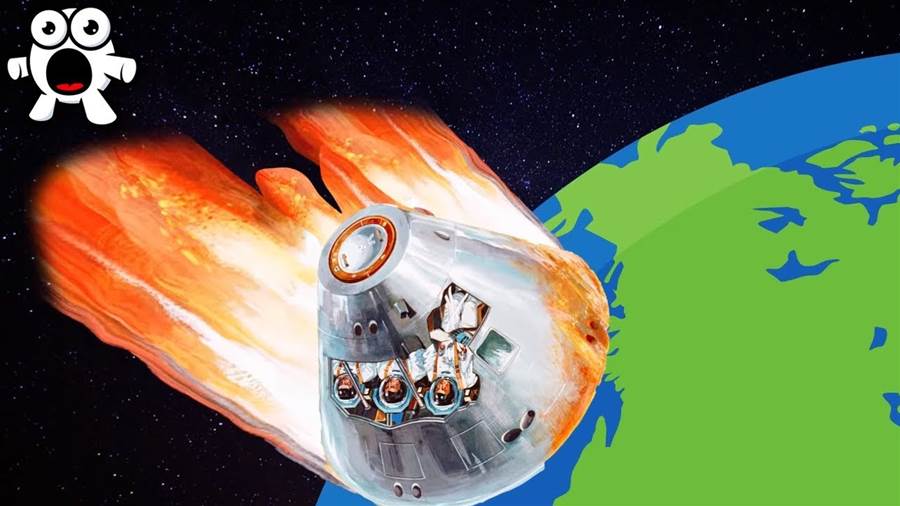
Astronauts returning from space missions rely on a well-coordinated process to safely return home, according to a recent article. The journey back begins with the astronauts boarding their spacecraft, such as the Crew Dragon or Soyuz capsule, which serve as their primary means of transportation. These spacecraft undergo meticulous inspections and preparation before departing from the International Space Station (ISS).
Once aboard, the astronauts must endure a re-entry phase, the most critical and dangerous part of the journey. The spacecraft must decelerate from an orbital speed of approximately 28,000 kilometers per hour to a speed where it can safely descend through the Earth's atmosphere.

During re-entry, the spacecraft encounters extreme temperatures and forces. The exterior shields and heat-resistant tiles protect the astronauts from the immense heat generated by friction with the atmosphere. The capsule's shape and orientation play a crucial role in managing the heat and ensuring a stable descent.
Once the spacecraft has sufficiently decelerated, it deploys the parachutes to further slow down its descent. These parachutes work in stages, with each one deploying at a specific altitude. After a successful descent, the astronauts touch down either on land or in the water, depending on the spacecraft's design.
Rescue teams are stationed nearby to quickly recover the astronauts, ensuring their safety and providing medical examination if necessary. The space agencies prioritize the well-being of these returning astronauts, and each step in the process is meticulously planned and rehearsed to minimize risks.








